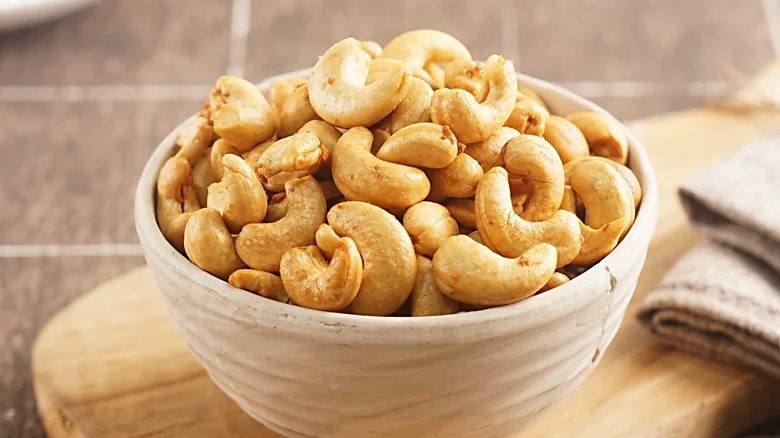Harvard-Trained Doctor Shares Tips to Beat Sugar Cravings

Indulging in sweet treats may seem innocent, but the bitter truth is that sugar’s impact on our health is intricate. While natural sugars in fruits, vegetables, grains, and dairy are integral to a balanced diet, excess added sugar poses significant health risks, including obesity, diabetes, and cardiovascular issues.
A 2014 study in JAMA Internal Medicine revealed a link between a high-sugar diet and an elevated risk of heart disease-related mortality. The consequences of frequent sugar consumption extend to conditions like obesity, heart disease, fatty liver, and type 2 diabetes, with added sugar spiking blood glucose levels, making individuals prone to prediabetes.
Sugar often infiltrates our diets through sweeteners in beverages, desserts, and packaged foods. It’s crucial to comprehend why sugar cravings arise and how to curb them.
Gastroenterologist Dr. Saurabh Sethi, a Harvard-trained expert, recently shared insights on inhibiting sugar cravings through an Instagram Reel. Dr. Sethi highlighted imbalances in gut bacteria as a primary driver of sugar cravings, where an overgrowth of harmful bacteria intensifies the desire for sugary substances.
“The main reason for sugar cravings stems from imbalances in gut bacteria. When there is an overgrowth of harmful bacteria, it can lead to heightened cravings for sugary substances. As these microbes thrive on sugars, influencing our cravings, breaking free from this vicious cycle can be challenging. Opt for high-fiber fruits to address sugar cravings,” explained Dr. Sethi.
To combat this, the expert recommended high-fiber fruits, such as apples, pears, raspberries, bananas, oranges, kiwi, strawberries, peaches, plums, figs, mangoes, watermelon, guava, and prunes. Choosing fruits over refined sugars contributes to restoring gut microbiome balance, aiding in overcoming sugar addiction.
Re-reported from the article originally published in The India Today


:max_bytes(150000):strip_icc():format(webp)/Best-Ways-to-Lose-Weight-If-You-Have-Hypothyroidism-c44675c9bf134fd8b3adb49412f3cf0d.jpg)





/shethepeople/media/media_files/uimd693ZwtCPKUczhtsy.png)